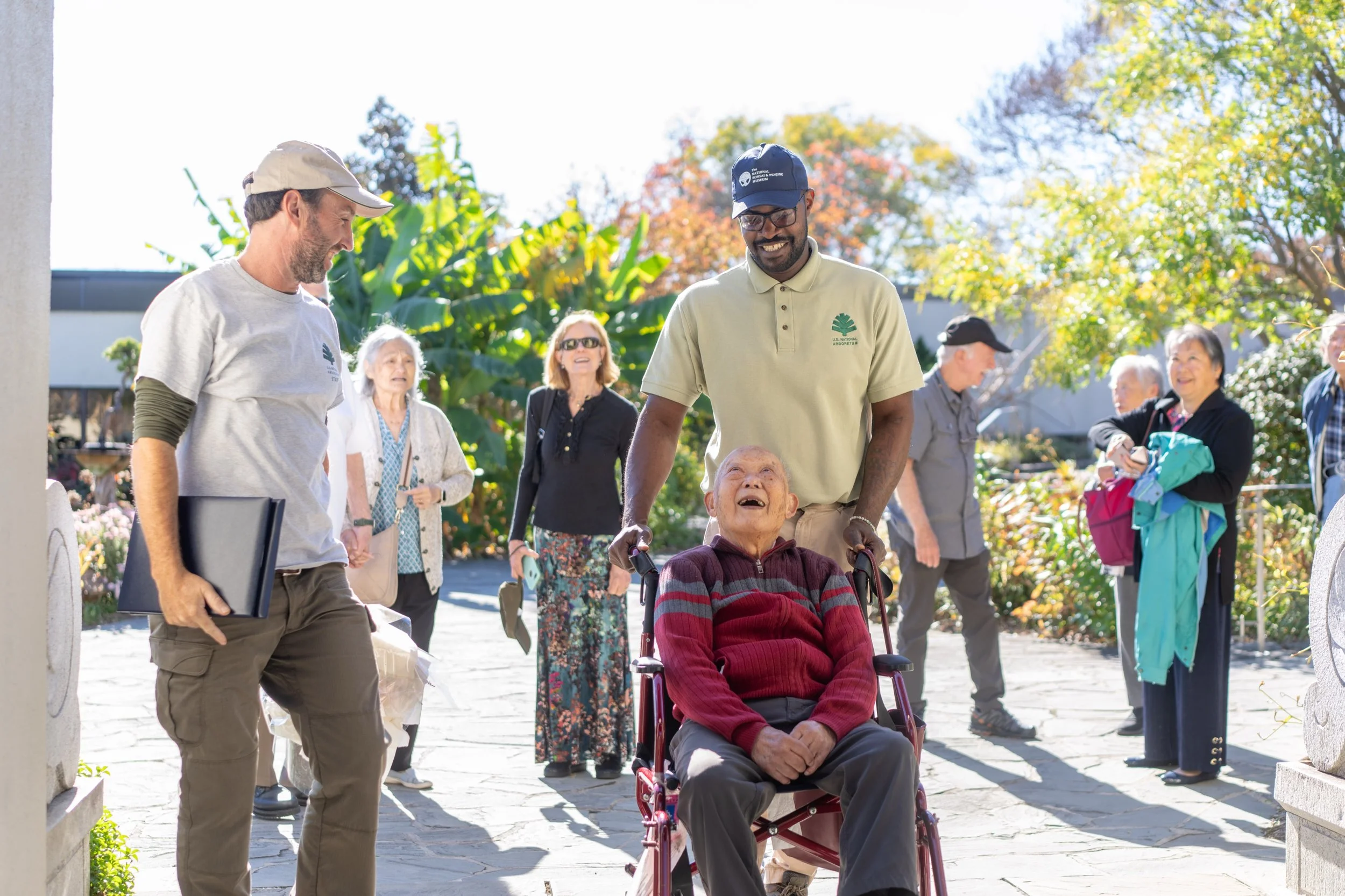When viewing old and ancient trees – whether they grow in a city, forest, desert or alpine slopes – one comes across stories of struggle and resilience. These stories are depicted in many ways depending on the species of tree, the characteristics of its wood and the environmental event that caused damage to the tree.
Deadwood on bonsai is generally spoken about using the Japanese words “Jin,” meaning dead branch, and “Shari,” meaning deadwood on the trunk.
Damage that results in the contortion of a tree can occur in bouts of extreme weather, like heavy snow, droughts, wind, lightning and more. Biological damage – events like animals grazing, insect infestations and human activities – also affect the contortion of a tree.
All these impacts occur throughout the life of trees, sometimes over the course of thousands of years, like the ancient bristlecone pines in the White Mountains of California which have been dated to about 6,000 years old.
After the damage occurs, deadwood features can take on many different appearances, depending on the species and environmental conditions that the tree resides in.
In wet climates, many deciduous species with softer wood may form large hollows due to rotting and decay. But the deadwood on many junipers in dry climates will be sun bleached white by the sun, resulting in a look that is naturally preserved for longer periods of time.
In bonsai design, deadwood adds interest and a “survival story.” Sometimes an artist might collect a tree that already has naturally occurring deadwood. But artists can also create deadwood by breaking branches, stripping away bark and carving wood using hand or power tools.
Artists generally treat deadwood on bonsai with a solution of lime sulphur. This solution protects it from rotting and bleaches the deadwood, giving it a white appearance that contrasts well with the rest of the tree. Penetrating wood hardeners can also be used on the deadwood if a bleaching effect is not desired.
Each bonsai artist can decide whether to create deadwood on all trees or leave the variation to certain species. The real beauty of bonsai is not whether the tree has deadwood features, but is demonstrated in each person's ability to create and share their view of nature from their own life experiences. Bonsai is an art, and with any art there is no right or wrong.
Andy Bello (Stephen Voss)
Andy Bello has been selected as the Museum’s 2019 First Curator’s Apprentice. The National Bonsai & Penjing Museum's First Curator's Apprenticeship for 2019 is funded by generous grants to the National Bonsai Foundation from Toyota North America and The Hill Foundation. More on Andy here.
















